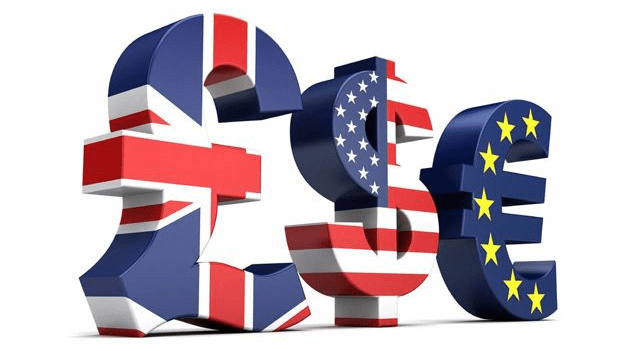The U.S. dollar edged lower on Thursday after President Donald Trump signed legislation to end the nation’s longest government shutdown, lifting risk sentiment, while the British pound struggled to gain traction following weak U.K. growth figures.
At 03:50 ET (08:50 GMT), the Dollar Index — which measures the greenback against six major counterparts — slipped 0.2% to 99.150, moving toward its lowest level in nearly a month.
Safe-haven dollar softens after government funding is restored
The dollar, typically sought in times of uncertainty, eased back after Trump signed the bill late Wednesday in the Oval Office, clearing the way for federal funding to resume after a House vote earlier that day.
The breakthrough came only hours before the shutdown would have entered its 43rd straight day, cementing its place as the longest federal closure in U.S. history.
The impasse had disrupted a wide array of government services—especially aviation- and safety-related staffing—and halted the publication of vital economic indicators the Federal Reserve relies on ahead of next month’s policy meeting.
With Washington now reopened, markets expect a rush of delayed data releases, including the highly anticipated monthly jobs report.
Analysts at ING noted: “The White House said October payrolls and CPI data are unlikely to be released, meaning volatility will take time to pick up.”
Sterling struggles despite softer dollar
Across the Atlantic, GBP/USD was nearly unchanged at 1.3133, unable to capitalize on the dollar’s decline after U.K. growth data came in weaker than expected.
Figures released Thursday showed the U.K. economy expanded only 0.1% between July and September, slowing from the 0.3% recorded in the previous quarter.
September activity even declined, with monthly GDP down 0.1%, undershooting the flat reading in August and adding pressure on the Bank of England to resume monetary easing.
ING commented: “This complicates the job of Chancellor Rachel Reeves a bit more ahead of the UK Budget, where she’ll try to reassure markets with fiscally prudent measures, whilst trying not to dampen growth excessively or stoke up inflation.”
Meanwhile, EUR/USD rose 0.2% to 1.1612 ahead of the eurozone’s September industrial production release, which is expected to show a 0.7% monthly rebound after a steep 1.2% drop previously.
ING wrote: “EUR/USD has been attempting a break above 1.160, and while we are bullish on the pair into year-end, we admit a decisive move higher may be a bit premature. Some soft U.S. data is needed before 1.170 becomes a realistic short-term target for EUR/USD. For now, we expect more range-bound trading.”
Yen edges closer to intervention levels
In Asia, USD/JPY was little changed at 154.77 after briefly moving above 155 for the first time in almost ten months. The yen also touched a fresh record low against the euro, underscoring growing bearish sentiment toward the currency.
The 155 threshold has triggered Japanese government intervention in the past, and traders are now watching to see whether Prime Minister Sanae Takaichi’s administration steps in again.
Elsewhere, USD/CNY dipped 0.2% to 7.0966 following a stronger midpoint fix from the People’s Bank of China, while AUD/USD advanced 0.6% to 0.6577 as better-than-expected employment data reduced expectations for further rate cuts by the Reserve Bank of Australia.
